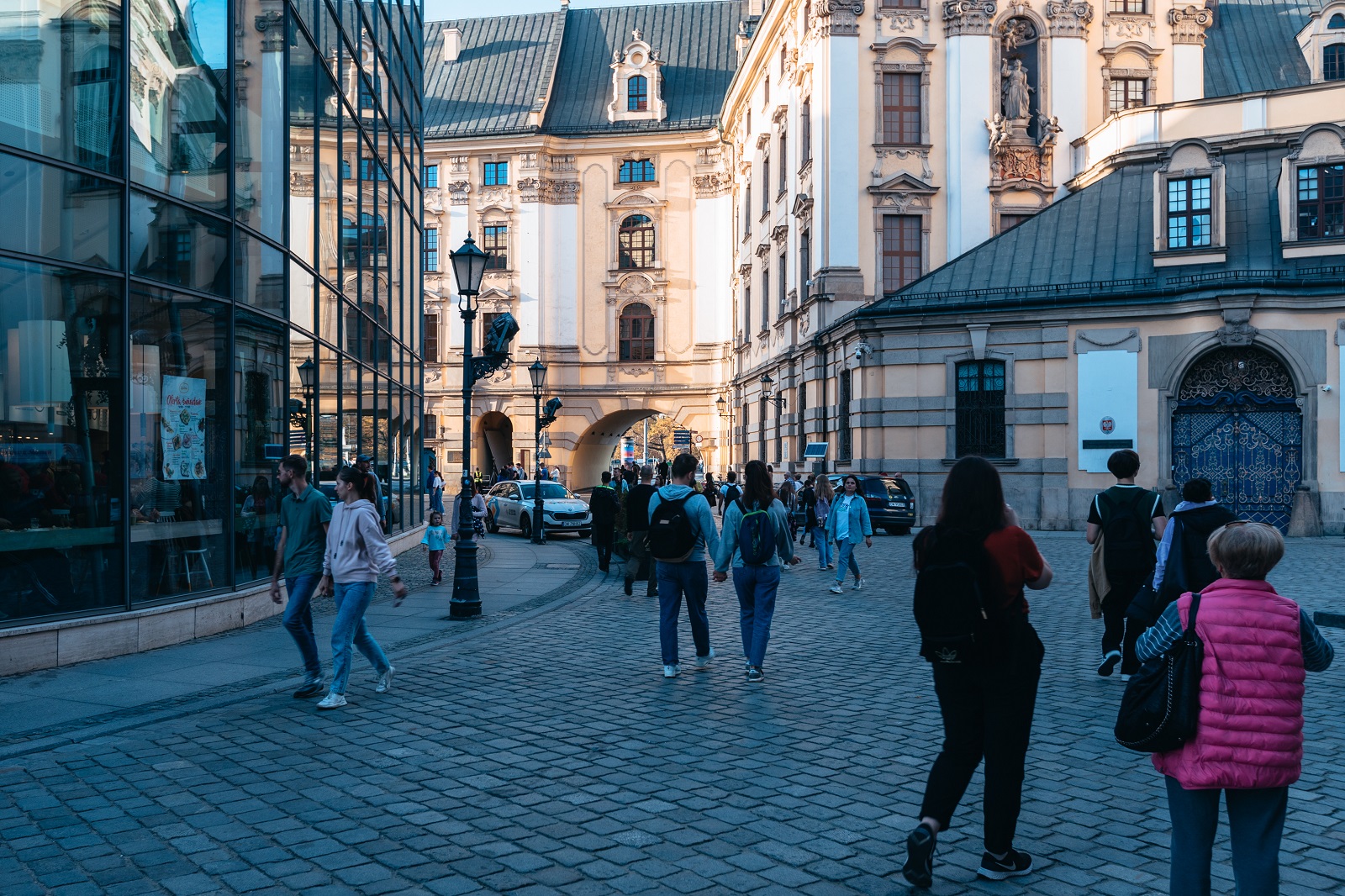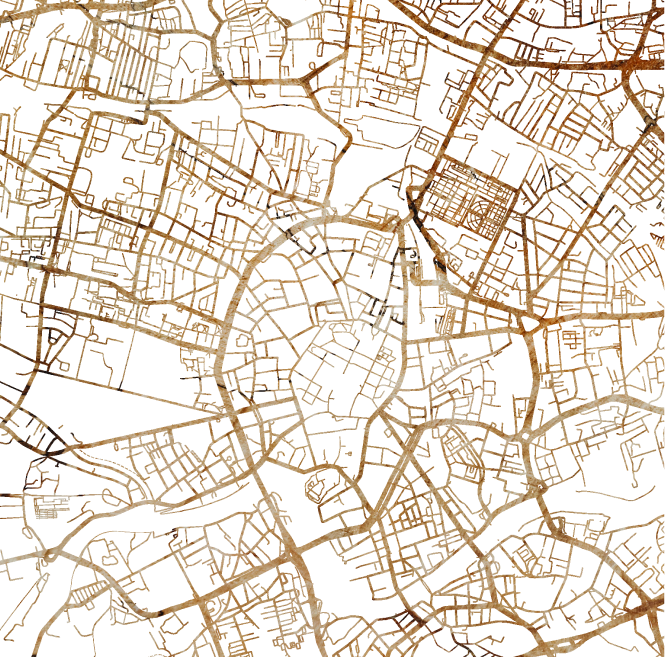Old Town - the international the meeting place of Wrocław
Catering to all tastes Wrocław historic centre has a surprisingly cosmopolitan vibe.
Based in Wroclaw, Poland
Based in Wroclaw, Poland
General Info
Slashed with ribboning waterways and richly decorated with gorgeous
architecture, Wrocław’s youthful vibrance belies a history that extends beyond
1,000-years. Stare Miasto is a microcosm of all of this, and its international
atmosphere should come as little surprise given the city’s nickname: ‘the
meeting place’. Traditionally seen as something of a crossroads uniting the
nations of Central Europe, this reputation is underscored by the presence of
St. Stanislaus, St. Dorothea and St. Wenceslaus on one of the city’s emblems
(the three Saints of Poland, Germany and the Czech Republic). Yet despite the
abundance of soaring church spires, glowering gargoyles and charming cobbled
streets, this district cannot be accused of lacking youth, and that’s
attributed not just to the presence of the city’s ornate university, but also thanks
to the bars and restaurants that pepper the area. Catering to all tastes and
budgets – from subterranean taverns to fancy ethnic restaurants – they lend the
historic centre a surprisingly cosmopolitan vibe.
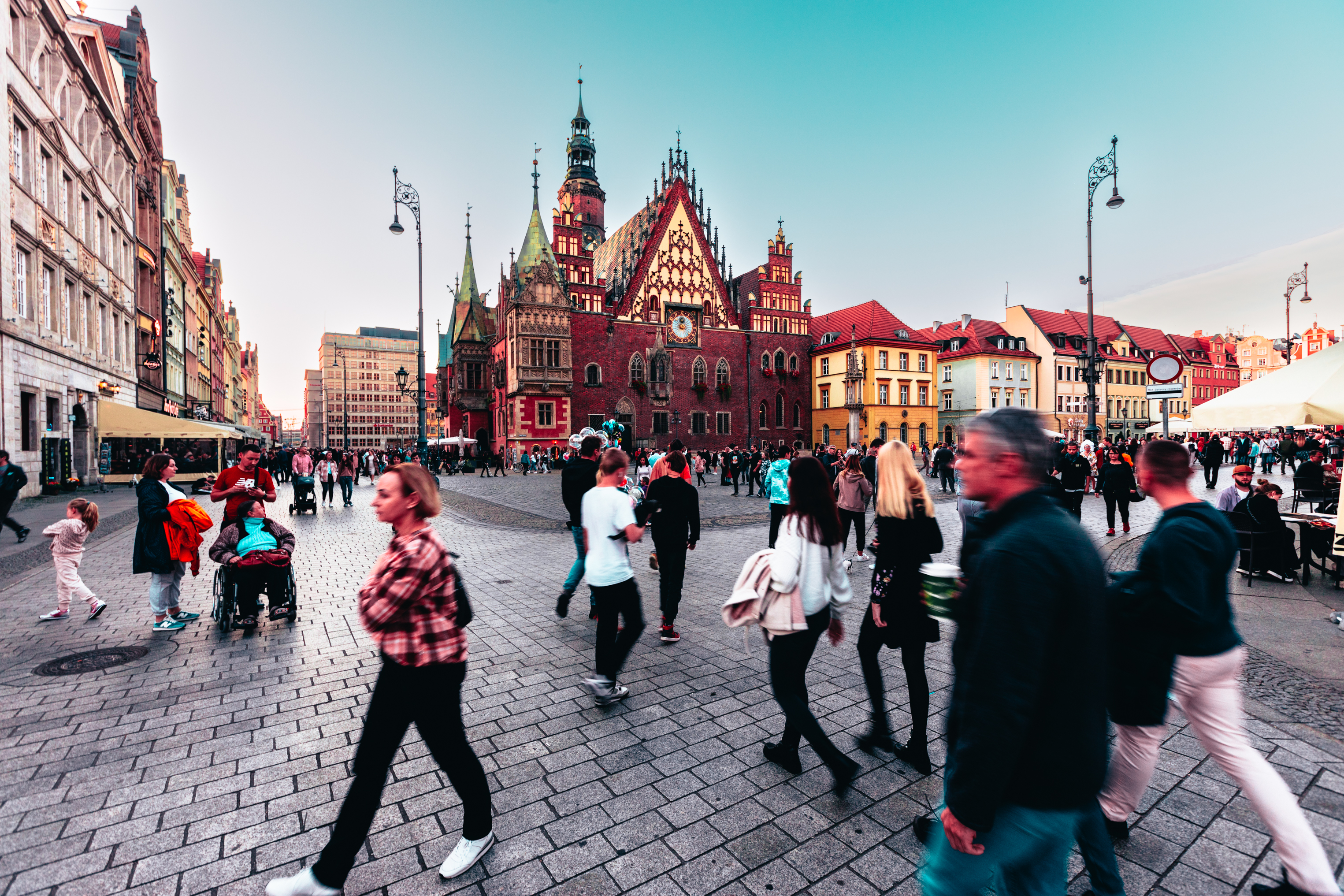
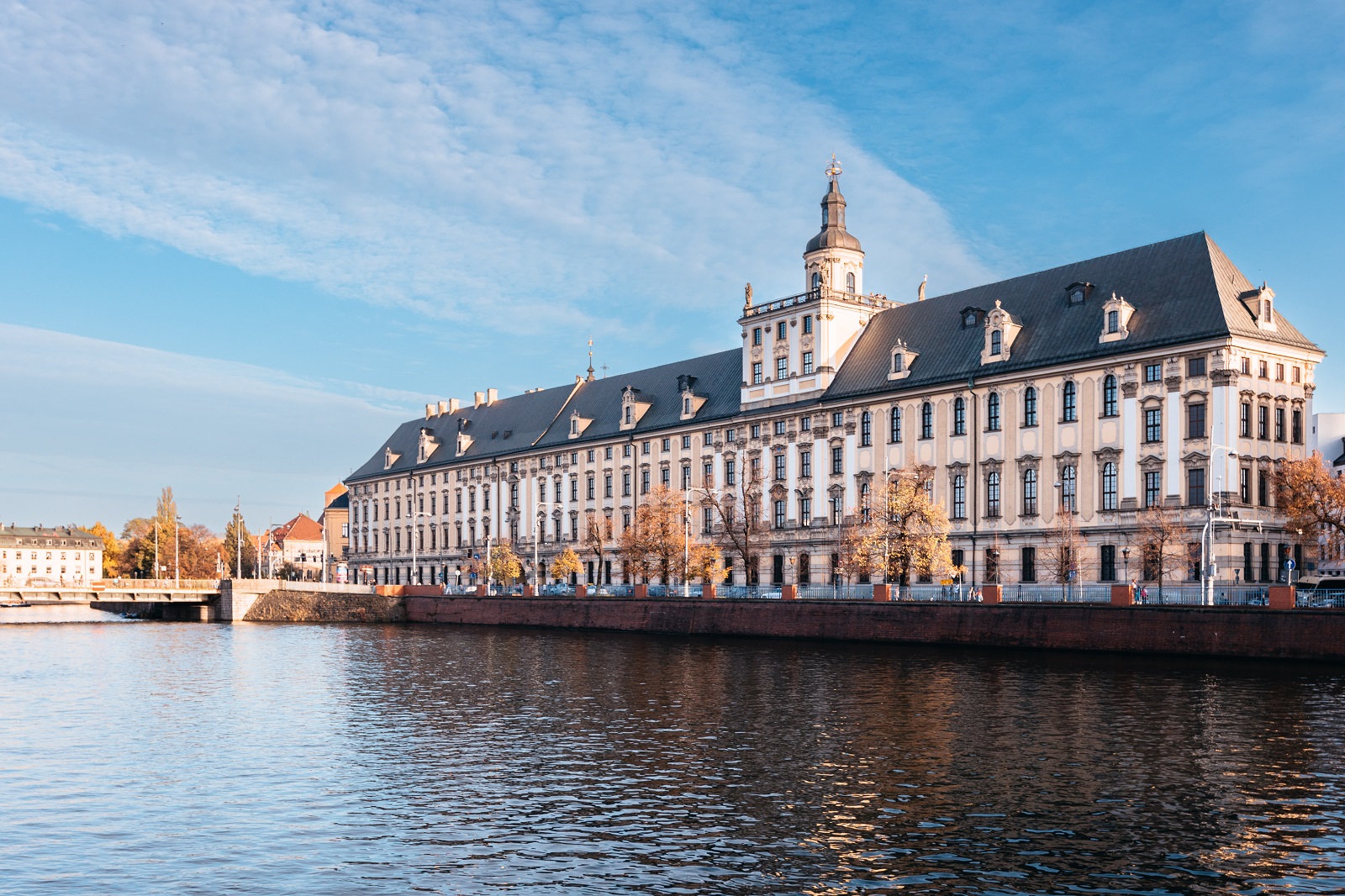
Architecture and available real estate
Centred around a Gothic town hall that looks especially enticing when illuminated at night, Wrocław’s mediaeval square is where all life converges. Framed by merchants’ houses painted in exquisitely radiant colours, features include one of the world’s oldest restaurants, a monument of the bard Aleksander Fredro and the Hansel & Gretel tenements linked by an overhead arch. A feast for the senses, the aesthetic delight is all the more remarkable considering the significant damage the area suffered during the Red Army’s siege in 1945.
Browsing the flower market at Pl. Solny, or visiting the flamboyant Leopoldina Hall (named after the University’s founder, Emperor Leopold), one would never guess that the area had to largely start from scratch once peace was declared. An insight into Wrocław’s contemporary history can be glimpsed in the renovated Old Stork Synagogue, the only Jewish house of worship to survive the war – falling inside the ‘Four Temples district’, its close neighbours include other houses of worship such as the St. Mary’s Orthodox Church, the Evangelical Church of God’s Providence and St. Antony’s.
On the other end of town, the Racławicka Panorama – a cycloramic painting depicting the 18th century Battle of Racławice – is one of the city’s most treasured sites. The entire Old Town is complemented by the adjacent islands on the Odra River, including the Cathedral Island. Accessed by a humpbacked bridge, the Cathedral’s tower offers the best possible view of the city below.
From a real estate perspective, property is largely limited to apartments inside the city’s tenements, however, new investments are not unknown and include the corner-less Ovo building and Atal Towers close to the River Oder. Other notable projects include the ongoing Quorum and Bernardyńska complexes, the latter being inspired by the dark brick form of the city’s first skyscraper. The ambitious Bulwar Staromiejski project has seen over a dozen properties, many of historic value, revitalized and retouched with a chic flair for design.
Architecture and available real estate
Centred around a Gothic town hall that looks especially enticing when illuminated at night, Wrocław’s mediaeval square is where all life converges. Framed by merchants’ houses painted in exquisitely radiant colours, features include one of the world’s oldest restaurants, a monument of the bard Aleksander Fredro and the Hansel & Gretel tenements linked by an overhead arch. A feast for the senses, the aesthetic delight is all the more remarkable considering the significant damage the area suffered during the Red Army’s siege in 1945.

Browsing the flower market at Pl. Solny, or visiting the flamboyant Leopoldina Hall (named after the University’s founder, Emperor Leopold), one would never guess that the area had to largely start from scratch once peace was declared. An insight into Wrocław’s contemporary history can be glimpsed in the renovated Old Stork Synagogue, the only Jewish house of worship to survive the war – falling inside the ‘Four Temples district’, its close neighbours include other houses of worship such as the St. Mary’s Orthodox Church, the Evangelical Church of God’s Providence and St. Antony’s.
On the other end of town, the Racławicka Panorama – a cycloramic painting depicting the 18th century Battle of Racławice – is one of the city’s most treasured sites. The entire Old Town is complemented by the adjacent islands on the Odra River, including the Cathedral Island. Accessed by a humpbacked bridge, the Cathedral’s tower offers the best possible view of the city below.
From a real estate perspective, property is largely limited to apartments inside the city’s tenements, however, new investments are not unknown and include the corner-less Ovo building and Atal Towers close to the River Oder. Other notable projects include the ongoing Quorum and Bernardyńska complexes, the latter being inspired by the dark brick form of the city’s first skyscraper. The ambitious Bulwar Staromiejski project has seen over a dozen properties, many of historic value, revitalized and retouched with a chic flair for design.
Green and recreational areas
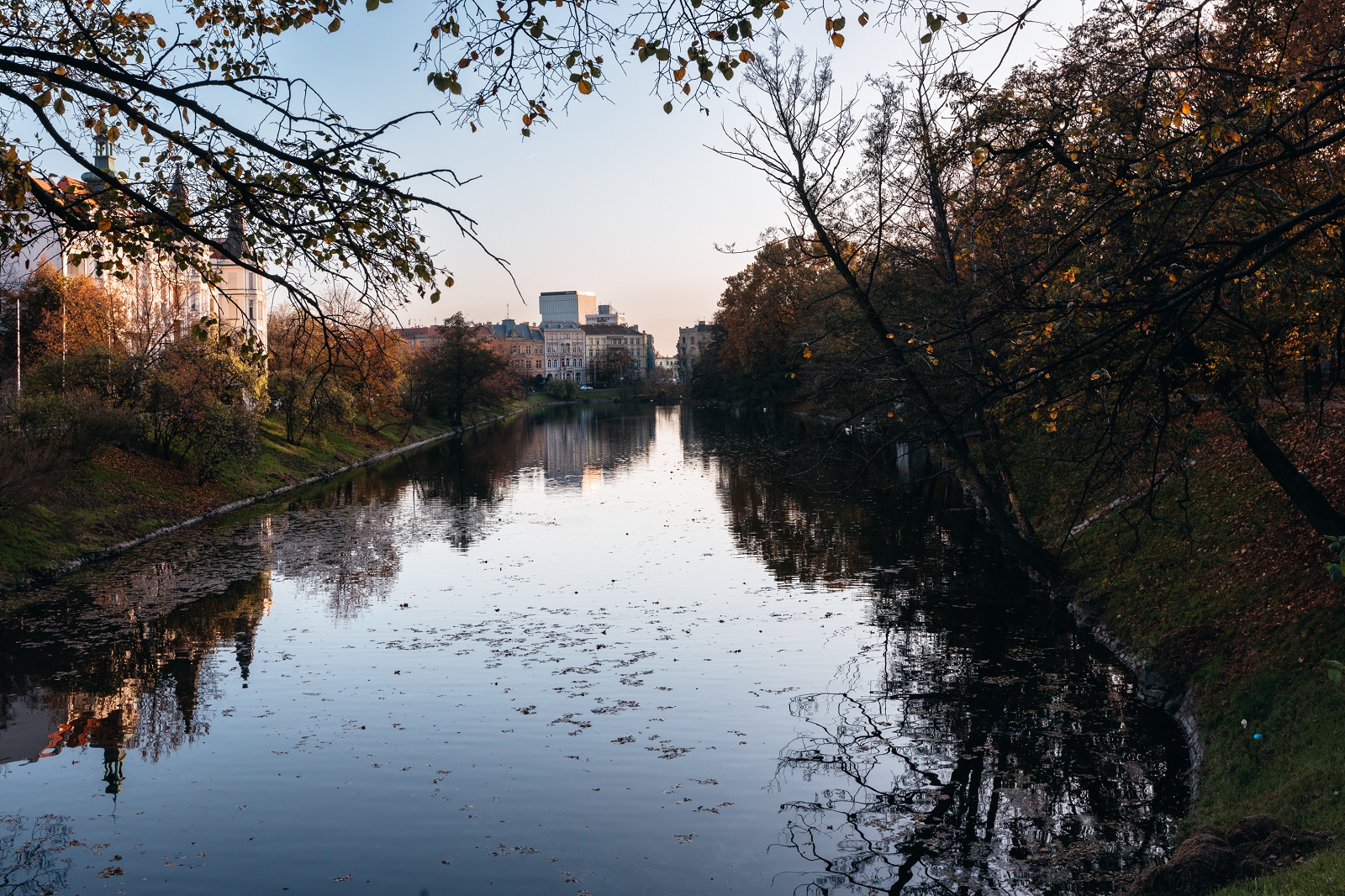
Piaskowa and Słodowa Islands are special places on the
local map and attract no shortage of seasonal events. Stretching by the moat, the
Podwale Boulevards are as appreciated by joggers as they are by art students sketching
in the open air. Running from the Hala Targowa market to the National Museum,
the modernised Dunikowski Boulevard is popular for sunset walks looking out as
it does over the calm, inky waters of the Oder River.
